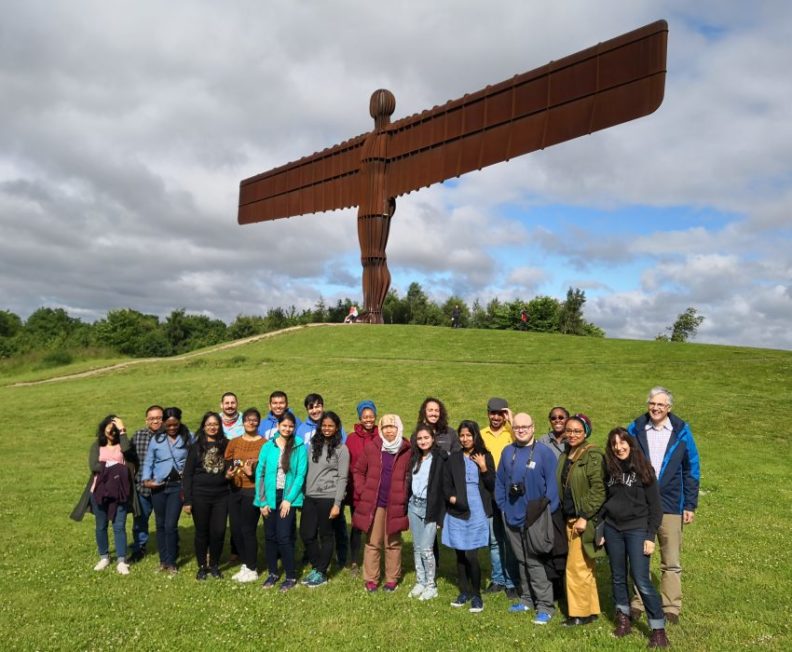Culinary Culture and Agricultural Heritage

Globalization has changed eating habits throughout the world. Some dishes such as pasta and pizza have conquered the world. In Nepal possibly the most intrusive product has been instant noodles that come in plastic packets, are light to carry and easy to cook, and can even be eaten uncooked. Not only has this product created plastic litter throughout the country but also impacted the diet of many communities.
In the past, particularly in the inaccessible mountain valleys, one ate what one grew. When visiting the Mugu and Karnali areas in the 1980s, we found that the villagers would not sell any food to travellers, since they only had the limited amount that they had grown and there was no market for them to use money. Only the pots and pans were bought in Jumla which then became precious heirlooms.
Today we find people throughout the country eating dal-bhat-tarkari, the standard meal comprising of lentil soup, rice and vegetables. In Nepali khana or food refers to rice and a meal is not complete without at least one helping of rice. Rice also has ritual significance. Most notably the first solid food a child receives is during the celebration of Pasni, the rice feeding ceremony.
Rice only grows in lower altitudes and where there is sufficient water to submerge the fields. In hilly terrain this requires terraced fields to be prepared which create fascinating landscapes. Two such landscapes have been inscribed on the World Heritage List: The Rice Terraces of the Philippine Cordilleras and the Cultural Landscape of Honghe Hani Rice Terraces in Yunnan. The beautiful terraced landscapes of Kathmandu Valley are however being lost to unsustainable urban sprawl.
One of the main meals of the hill tribes is dhindo, a thick sticky paste prepared by slowly cooking flour in water adding a bit of ghee. The flour can be of buckwheat, millet, wheat or corn, depending on the region and season. The agricultural landscapes that produce these grains splash colour into areas as dry and arid as Upper Mustang. The wheat fields turn green and then golden yellow in early summer while buckwheat produce psychedelic pink fields in late summer.
Today we find potatoes used in most meals and it has become a staple food in most parts of the hilly regions. Potatoes however were possibly only grown since the 19th century after introduction by the British to the subcontinent. For example in areas such as Khumbu, the communities were largely nomadic pastoralists before potatoes were introduced. Correlations have been found between the introduction of potatoes to the area and the flourishing of Sherpa culture with increase in construction of religious structures.
The Newars possibly have the most complex and diverse culinary culture. Within the Kathmandu Valley there are specific settlements that are known for particularly products. Juju-dhau, the special thick, spicy, sweet curd from Bhaktapur is renowned and sought after for all banquets. The chiura or beaten rice, a staple dish for Newari cuisine is said to be especially tasty from Tigani. We then have the tori-ko-tel or mustard oil from Khokana. The traditional settlement with its oil mills has been inscribed on the Tentative List for World Heritage. Khokana was badly damaged by the 2015 earthquake while its surrounding fields, so important for its oil mills, is being threatened by infrastructure development projects.
Without care for the local agriculture and the culinary habits of the communities, they are going to be overrun by highways and cheap, bad quality food from neighbouring countries. Cultural diversity also requires agricultural landscapes and culinary habits to be protected. These are assets that are important to promote the tourism industry. Through branding and marketing traditional products can become a source of income supporting communities maintain their identities.
Kai Weise

